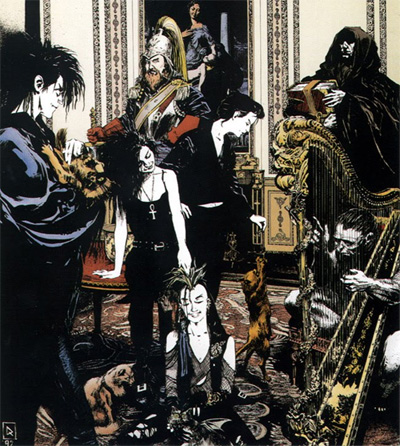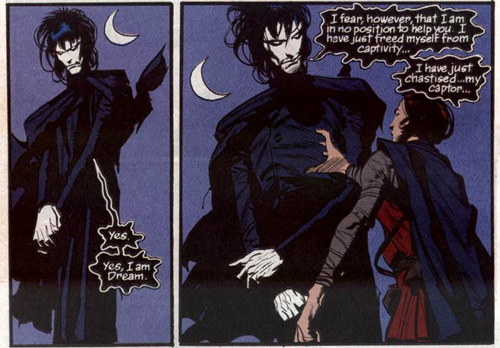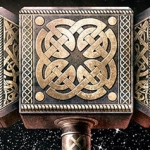I am a word nerd. I love words and language. I love to read words, I love to write words, and if you get to know me well, you’ll discover fairly soon how much I love to say words. I have nothing against visual art — I can happily spend hours wandering around a museum, after which I just might sit down with a notebook and write down my impressions, observations, even stories inspired by some painting or another. I thoroughly enjoy the visual storytelling of movies and television, but when I replay scenes in my head later or imagine what might have happened next, there always seems to be a literary narrative to go along with the images.
I have been a reader and book lover since I was a child and I have long known the merits and pleasures of putting pen to paper and getting my thoughts out there, nice and concrete and more or less permanent. My love affair with words is nothing new, nor is the realization of that fact something that just came to me, but it is not something I think about on a regular basis. So what prompted this reflection, you ask? I quit reading a book last night. I stopped before the end, and I took it back to the library today, unfinished.
When it comes to books, I am rarely a quitter. I can count on one hand the number of books I can remember consciously deciding not to finish. What’s more, this book I gave up on was authored by none other than Neil Gaiman, my current favorite writer and an absolute magician with words. The book that I just couldn’t get through: The Sandman.
As I said, I’m a Neil Gaiman fangirl. “The Doctor’s Wife” is one of my favorite episodes of Doctor Who. Neverwhere, as both a television series and a novel, is excellent. While waiting for my name to come up next on the waiting list for his newest novel, The Ocean at the End of the Lane, I decided to see what else of his my local library branch had to offer. I came away with Coraline and the first three volumes of the comic series The Sandman. The Sandman is one of those things that is often mentioned in lists of “other things by Gaiman that he is famous for,” so even though I’ve never been a comic or graphic novel reader, I figured I’d give them a try.
I tried them, and I found them lacking. I have nothing against comics and graphic novels as a storytelling medium. I could look at the pictures and figure out what was going on with no trouble. As I read the dialogue, however, I just didn’t feel like I was reading a Neil Gaiman story. I wasn’t sure what the problem was at first, but then it hit me: when you have pictures to show you what is happening, you miss out on Gaiman’s delicious descriptions, which is where I think he casts his most enchanting spells. Consider, for example, this passage from the novel version of Neverwhere:
There are four simple ways for the observant to tell Mr. Croup and Mr. Vandemar apart: first, Mr. Vandemar is two and a half heads taller than Mr. Croup; second, Mr. Croup has eyes of a faded china blue, while Mr. Vandemar’s eyes are brown; third, while Mr. Vandemar fashioned the rings he wears on his right hand out of the skulls of four ravens, Mr. Croup has no obvious jewelry; fourth, Mr. Croup likes words, while Mr. Vandemar is always hungry. Also, they look nothing at all alike.
Or for something equally as good but not comedic:
Richard began to understand darkness: darkness as something solid and real, so much more than a simple absence of light. He felt it touch his skin, questing, moving, exploring: gliding through his mind. It slipped into his lungs, behind his eyes, into his mouth…
That, my friends, is something you just can’t get from pictures.
If you like comics and graphic novels, that’s wonderful. We experience the world in many ways and from many perspectives, so it is only right that we should have many different ways of telling our stories. I like my words, though, so if it’s all the same to you, I’ll continue to take my books without pictures.








